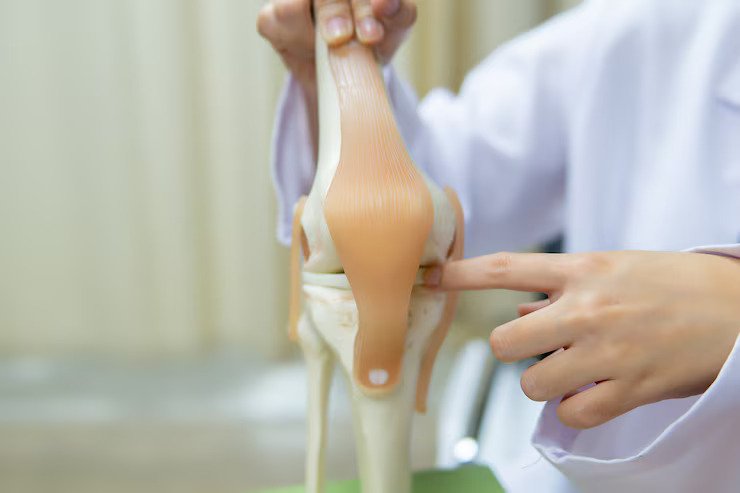Orthopedic Surgeon in Ghaziabad
Joint replacement surgery is a transformative procedure aimed at relieving pain and restoring function in individuals suffering from severe joint damage due to conditions like osteoarthritis, rheumatoid arthritis, or traumatic injury. During the surgery, the damaged joint is replaced with a prosthetic implant made of metal, plastic, or ceramic components.
The procedure typically involves several steps, including removing the damaged cartilage and bone from the joint, shaping the remaining bone to accommodate the prosthetic components, and securely attaching the artificial joint in place. Joint replacement surgery can be performed on various joints, including the hip, knee, shoulder, and elbow.
Following joint replacement surgery, patients undergo a period of rehabilitation to regain strength, flexibility, and mobility in the affected joint. Physical therapy and exercises are crucial aspects of the recovery process, helping patients achieve optimal outcomes and return to their daily activities with reduced pain and improved function.

While joint replacement surgery carries risks like infection, blood clots, and implant loosening, advancements in surgical techniques, prosthetic materials, and post-operative care have significantly enhanced the success rates and longevity of joint replacements, allowing patients to enjoy an improved quality of life and increased mobility for years to come.
 Call Now Button
Call Now Button